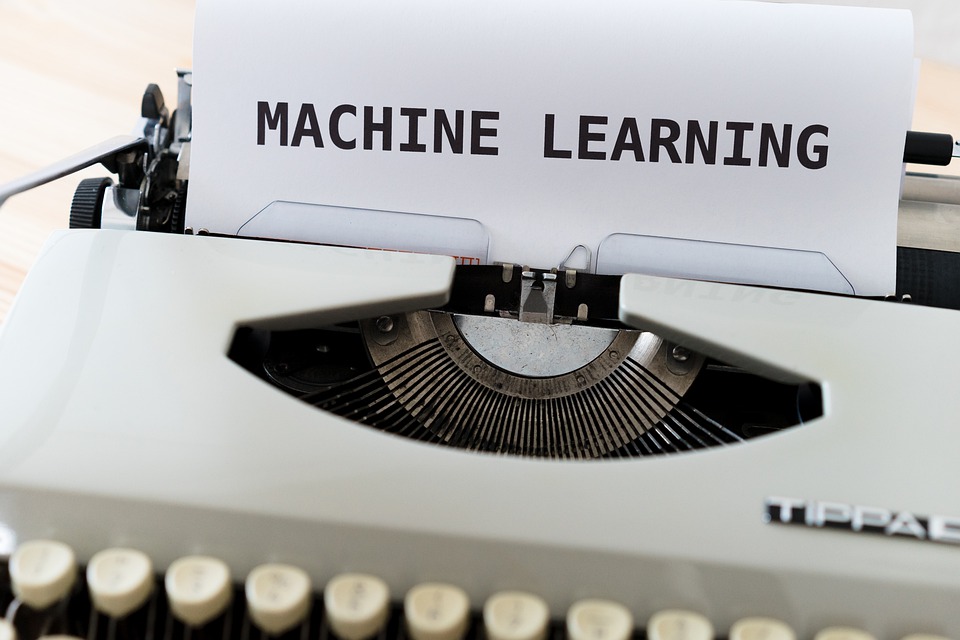
For a data scientist, one of the most frustrating things that can happen to them is to spend hundreds of hours optimizing data that can be used for developing and training a machine learning model, only to end up with a model with a large error range or low accuracy.
And in terms of developing a reliable machine learning model, good accuracy is essential. A machine learning model with low accuracy results in more errors and low-quality performance can be very costly for your clients.
For instance, a translation app using the seq2seq ML model with low accuracy can only translate word-per-word sentences but not in the correct order of words is generally useless to the client. Check here to get guidance and more information about seq2seq models.
Fortunately, there are several ways to improve the accuracy of your machine learning model.
1. Add More Data And Pre-process
In any machine learning training, data will always be a critical component. This is because data drives the overall process and the machine learning model as a whole. If there’s not enough data collected, then the whole machine learning architecture won’t be able to provide you with an accurate result.
So, perhaps the most straightforward way to improve the performance and accuracy of your machine learning model is to add more data samples. After all, the more data you feed to your model, the more it can learn and the more cases it can identify correctly.
Of course, after you collect more data, you must pre-process and clean the data. This may take a lot of time, but if the data isn’t cleaned, especially when notes are collected from a legit source, then it can impact the accuracy level and performance of your machine learning model.
2. Consider Ensemble Models
The ensemble method is a type of machine learning strategy combining several base models to produce a single optimal predictive model. It’s a popular and winning strategy that can help the precision of your machine learning model.
Take note, however, that the ensemble method can be quite complicated when compared with other traditional machine learning strategies. However, it’s guaranteed to provide higher accuracy results.
3. Handle Missing And Outlier Values
Missing and outlier values in your training data can also reduce the accuracy of your machine learning project and result in a biased model with error-prone predictions.
A missing value is self-explanatory. It’s a data value not stored for a variable in your dataset. The problem with missing data is that they can have a significant impact on the conclusions drawn from your data.
To treat missing values, you can build a model that predicts these missing values and estimate values to substitute for the missing data. You can use KNN imputation as well to deal with missing values using the given number of attributes that are most similar to the attributes with missing values.
In the case of categorical variables, you can treat the variables as a separate class whereas with a continuous variable, you can impute the missing values with median, mode, and mean.
On the other hand, outliers are data points that are far from others. In simpler terms, they’re unusual values in your dataset and are problematic since they can distort results, causing tests to miss significant findings.
To handle outliers, you can simply delete the outlier values if it’s due to an error in data entry or data processing. Moreover, you can try transforming variables to eliminate outlier values. Like imputation of missing values, you can imputer outliers by using median, mean, and mode imputation methods.
4. Use Cross-Validation Training
Cross-validation is a strategy used to enhance a machine learning model training process. It divides the overall training set into smaller pieces, then uses each piece to train the model.
Implementing this approach, you can enhance the training process of the algorithm by gradually training it with smaller pieces of the training set and average over the result.
Cross-validation is a popular method for optimizing the performance of a machine learning model since it’s easy and simple to implement.
Takeaway
As a data scientist, one of the most common and yet most difficult tasks you need to do is to ensure the good accuracy of any machine learning model you’re developing. Whether you’re a freelance developer or a data scientist, having high accuracy can make or break your development project.
So, keep in mind the above tips to increase the accuracy of your machine learning model and save yourself time and efforts in mitigating errors and performance issues due to low accuracy levels.
Author Bio
Kevin Quills is an IT specialist. He specializes in designing software to improve the accuracy of machine technology. He also conducts webinars to share his expertise and knowledge. Kevin enjoys travelling and exploring different places.